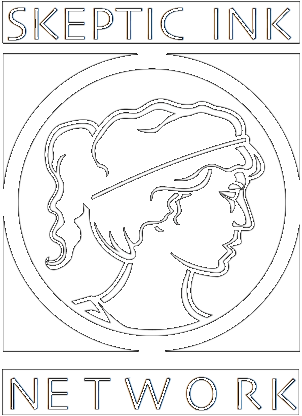(Submitted by Skepticality listener Garrett)
So, recently I was at the gym that I have been going to for the last ten years. This gym is convenient for me because it is about five minutes from where I regularly teach, however it is about 30 miles from my house driving east.
I befriended an acquaintance at the gym, maybe three or four years ago, and we have been getting to know one another little by little. Over the years I have learned many things about Chris – surprisingly that we have the same employer (but never ran into one another because we are in buildings on the opposite side of town – not that weird – a lot of people work there) among other things. I also learned that he lives about 30 miles north of me, but that we share the same supermarket halfway and just never saw one another there either, which would mean that he lives about 30 miles from work as well, albeit on the hypotenuse angle. Little things like that.
Two weeks ago, I was talking with him, and he was describing having a friend in the town I live in. As a matter of fact, he was the godfather of their child who is about three years old – a result of his being in a long term relationship with the uncle of the child, and becoming a very good family friend. Before I told him where I lived specifically, he describes how he gets to their house for perspective – it is the same exit, the same turns, and the same street as me. As a matter of fact, it is my next door neighbor.
But that isn’t the strange coincidence.
The strange coincidence is that we are very good friends with these neighbors, and my son loves playing with their three children. My wife lets me sit out the children’s parties out of compassion for my sanity… But it turns out that at all of the family gatherings, she has befriended the exact same acquaintance and has known him for years just as I have. Furthermore, we have told one another anecdotes about him, without ever mentioning him by name even though he has a very common one, and told one another that we should meet him and would get a real kick out of him! We have had the same acquaintance for years, from completely different circumstances, and didn’t even know it!
Imagine his what his surprise would have been running into our family at the supermarket on a grocery run?
What are the odds of a married couple having a long term acquaintance in two different contexts, especially when a 90 mile perimeter triangle of geography is involved??
Below are the extended notes provided by cognitive psychologist and statistician Barbara Drescher for use in Skepticality Episode 229. Take a look and leave your comments below. Also, please be sure to listen to the podcast for our own sarcastic and hilarious commentary. Also, visit Barbara’s blog.
It’s impossible to calculate the odds of this, given the number of variables involved. This is really fun story, and it is a shame that I have to ruin these great stories by focusing on what makes them less interesting, but that’s my job, so here goes: There is one very important fact that makes this story much less “impressive” probablistically-speaking, and that’s the fact that similarity is attractive. We tend to like people we share interests, qualities, values, and identities with, and when we discover commonalities, the bonds grow stronger.
So, a married couple befriending (and liking) the same person is highly likely. That leaves only the coincidence that they both met this man years ago in situations which are likely to repeat opportunities for bonding. The conjunction of those events is clearly attached to a low probability, but not astronomical.


